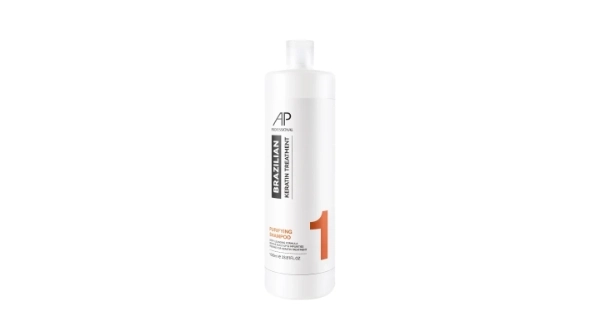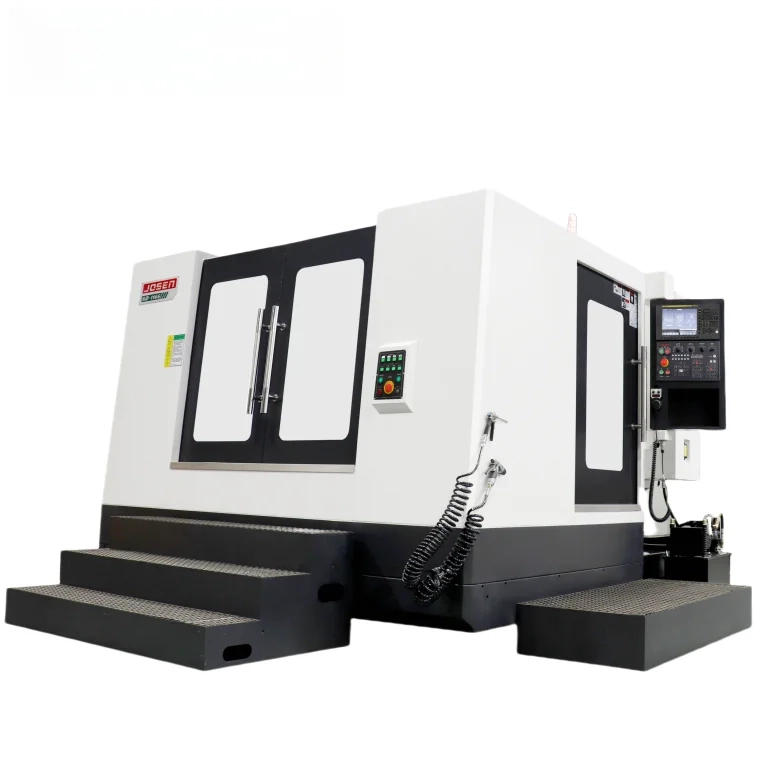In the ever-evolving world of photography, the quest for the perfect camera can be overwhelming. With countless models available, each boasting various features, how do you know a camera is good quality? This article delves into the essential factors that define camera quality, helping you make an informed decision whether you are a novice or a seasoned professional.
- Sensor Size and Type
One of the most critical components of a camera is its sensor. The size and type of sensor significantly influence image quality. Larger sensors, such as full-frame or APS-C, capture more light, resulting in better performance in low-light conditions and improved dynamic range.
- Full-Frame Sensors: These sensors are typically found in high-end DSLRs and mirrorless cameras. They provide superior image quality, especially in challenging lighting situations, and allow for a shallower depth of field, which is ideal for portrait photography.
- APS-C Sensors: Common in mid-range cameras, APS-C sensors offer a good balance between size, weight, and image quality. They are versatile and suitable for various photography styles.
- Micro Four Thirds: These sensors are smaller but allow for more compact camera designs. While they may not perform as well in low light, advancements in technology have improved their capabilities significantly.
- Megapixels: More Isn’t Always Better
While megapixels are often touted as a primary indicator of camera quality, they are not the sole determinant. A higher megapixel count allows for larger prints and more cropping flexibility, but it does not guarantee better image quality.
- Pixel Size: Larger pixels can capture more light, which is crucial for low-light performance. A camera with 12 megapixels and larger pixels can outperform a 24-megapixel camera with smaller pixels in certain conditions.
- Image Processing: The quality of the camera’s image processor also plays a vital role. Advanced processors can reduce noise, enhance colors, and improve overall image quality, regardless of megapixel count.
- Lens Quality and Versatility
The lens attached to your camera can significantly affect image quality. A high-quality lens can enhance sharpness, contrast, and color accuracy.
- Prime vs. Zoom Lenses: Prime lenses typically offer superior optical quality and wider apertures, making them ideal for low-light situations and achieving a shallow depth of field. Zoom lenses provide versatility, allowing you to cover a range of focal lengths without changing lenses.
- Lens Coatings: Look for lenses with advanced coatings that reduce flare and ghosting, improving contrast and color fidelity.
- Build Quality and Ergonomics
A good camera should not only perform well but also feel comfortable in your hands. Build quality and ergonomics are essential for a satisfying user experience.
- Materials: Cameras made from magnesium alloy or weather-sealed materials are more durable and can withstand harsh conditions, making them suitable for outdoor photography.
- User Interface: An intuitive layout of buttons and dials can enhance your shooting experience. A camera that feels good in your hands will encourage you to use it more often, leading to better photography skills over time.
- Autofocus System
A camera's autofocus system can make or break your shooting experience, especially in fast-paced environments.
- Phase Detection vs. Contrast Detection: Phase detection is generally faster and more accurate, making it ideal for action photography. Contrast detection, while slower, can be more precise in controlled environments.
- Number of Focus Points: More focus points can provide greater flexibility in composing your shots, especially for tracking moving subjects.
- ISO Performance
The ability to shoot at higher ISO settings without introducing excessive noise is a hallmark of a good camera.
- Noise Reduction Technology: Cameras with advanced noise reduction algorithms can produce cleaner images at higher ISO levels, making them more versatile in low-light situations.
- Dynamic Range: A camera with a wide dynamic range can capture more detail in both shadows and highlights, which is crucial for post-processing flexibility.
- Reviews and Real-World Performance
Finally, one of the best ways to gauge a camera's quality is through reviews and real-world performance tests.
- Sample Images: Look for sample images taken with the camera in various conditions. This will give you a better understanding of its capabilities.
- User Feedback: Online forums and photography communities can provide insights into the camera's performance in everyday use, helping you make a more informed decision.
Conclusion
Determining whether a camera is of good quality involves a multifaceted approach that considers sensor size, lens quality, build, autofocus capabilities, and real-world performance. By understanding these factors, you can confidently choose a camera that meets your needs and enhances your photography journey. Remember, the best camera is not necessarily the one with the highest specifications, but the one that inspires you to capture the world around you.



More Stories
Lidi Toys Launches the Best Mini Soccer Goal for Kids: Perfect for Backyard Fun!
How To Choose The Right Fiber Discs To Achieve The Best Grinding Performance
Eco-Friendly Tobacco: A Greener Choice for Conscious Smokers